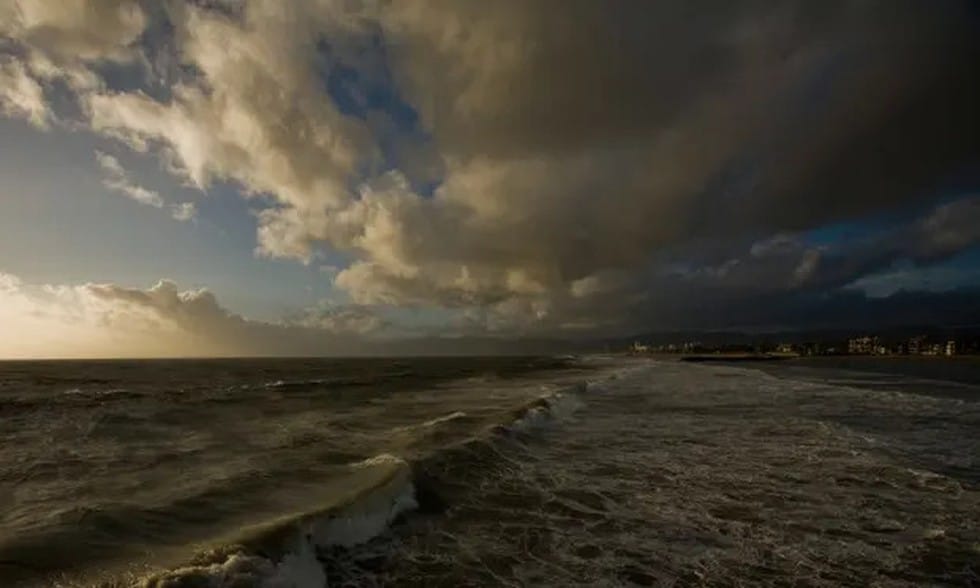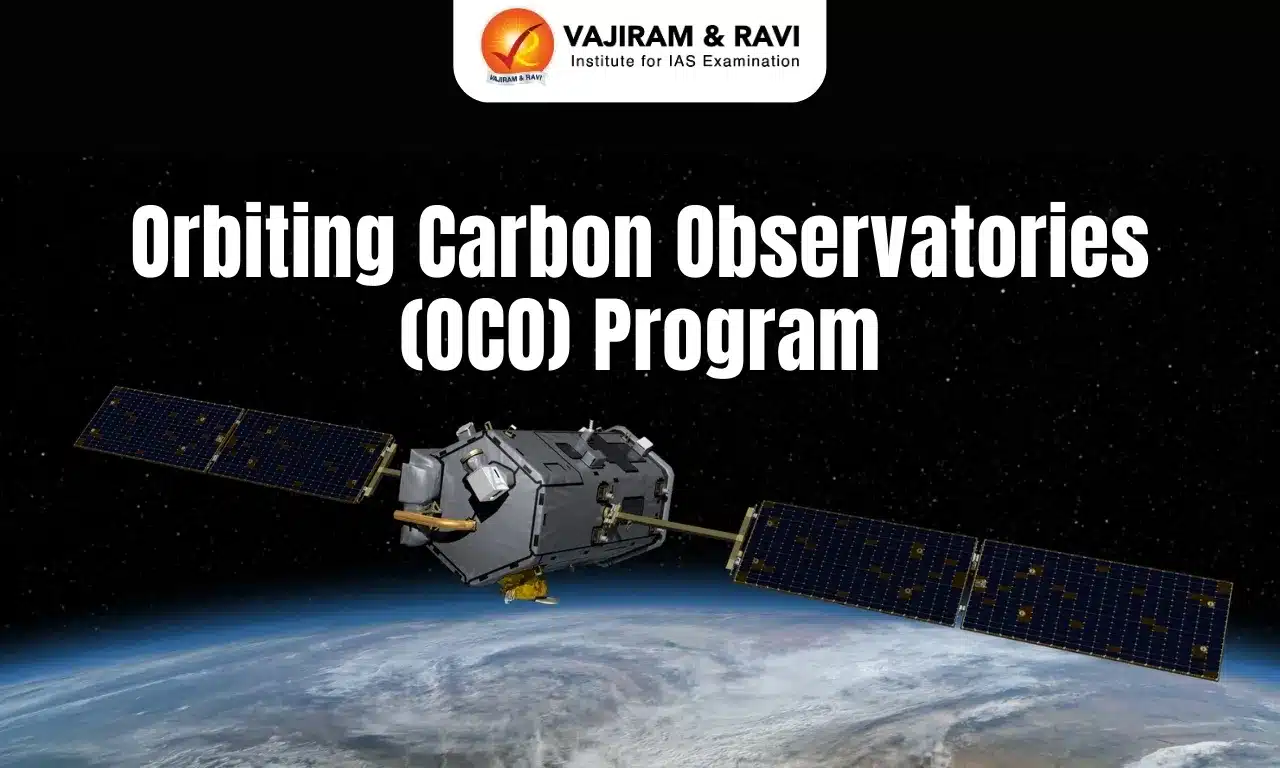About El Niño-La Niña Weather Patterns:
Findings:
- The combination of El Niño, La Niña, and the neutral state between the two opposite effects is called the El Niño Southern Oscillation (ENSO).
- Southern oscillations are large-scale changes in sea level pressure in the tropical Pacific region.
El Niño phenomenon:
- El Niño is the warming of sea water in the central-east Equatorial Pacific that occurs every few years.
- During El Niño, surface temperatures in the equatorial Pacific rise, and trade winds — east-west winds that blow near the Equator — weaken.
- Normally, easterly trade winds blow from the Americas towards Asia.
- Due to El Niño, they falter and change direction to turn into westerlies, bringing warm water from the western Pacific towards the Americas.
- The phenomena of upwelling, where nutrient-rich waters rise towards the surface, is reduced under El Niño.
- This in turn reduces phytoplankton. Thus, fish that eat phytoplankton are affected, followed by other organisms higher up the food chain.
- Warm waters also carry tropical species towards colder areas, disrupting multiple ecosystems.
- Since the Pacific covers almost one-third of the earth, changes in its temperature and subsequent alteration of wind patterns disrupt global weather patterns.
- Impacts:
- El Niño causes dry, warm winter in Northern U.S. and Canada and increases the risk of flooding in the U.S. gulf coast and south-eastern U.S. It also brings drought to Indonesia and Australia.
La Niña:
- La Niña is the opposite of El Niño.
- La Niña sees cooler than average sea surface temperature (SST) in the equatorial Pacific region.
- Trade winds are stronger than usual, pushing warmer water towards Asia.
- On the American west coast, upwelling increases, bringing nutrient-rich water to the surface.
- Pacific cold waters close to the Americas push jet streams — narrow bands of strong winds in the upper atmosphere — northwards.
- Impacts:
- This leads to drier conditions in Southern U.S., and heavy rainfall in Canada.
- La Niña has also been associated with heavy floods in Australia.
- Two successive La Niña events in the last two years caused intense flooding in Australia, resulting in significant damage.
Impact on India’s monsoons:
- In India, El Niño causes weak rainfall and more heat, while La Niña intensifies rainfall across South Asia, particularly in India’s northwest and Bangladesh during the monsoon.
- At present, India, like the rest of the globe, is witnessing an extended ‘triple dip’ La Niña.
Last updated on August, 2025
→ UPSC Mains Admit Card 2025 will be released soon at www.upsc.gov.in.
→ UPSC Mains 2025 will be conducted on 22nd August 2025.
→ UPSC Notification 2025 was released on 22nd January 2025.
→ UPSC Calendar 2026 is released on 15th May, 2025.
→ UPSC Prelims Question Paper 2025 and Unofficial Prelims Answer Key 2025 are available now.
→ UPSC Prelims Result 2025 is out now for the CSE held on 25 May 2025.
→ The UPSC Vacancy 2025 were released 1129, out of which 979 were for UPSC CSE and remaining 150 are for UPSC IFoS.
→ UPSC Prelims 2026 will be conducted on 24th May, 2026 & UPSC Mains 2026 will be conducted on 21st August 2026.
→ The UPSC Selection Process is of 3 stages-Prelims, Mains and Interview.
→ UPSC Result 2024 is released with latest UPSC Marksheet 2024. Check Now!
→ UPSC Toppers List 2024 is released now. Shakti Dubey is UPSC AIR 1 2024 Topper.
→ Also check Best IAS Coaching in Delhi















